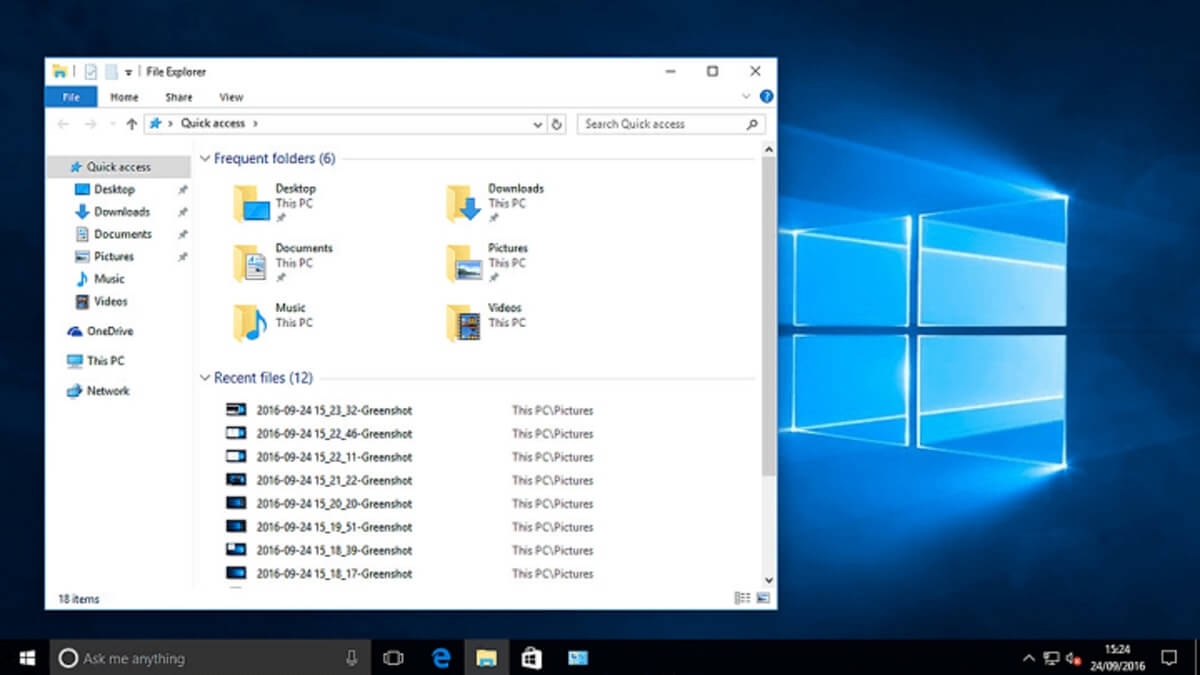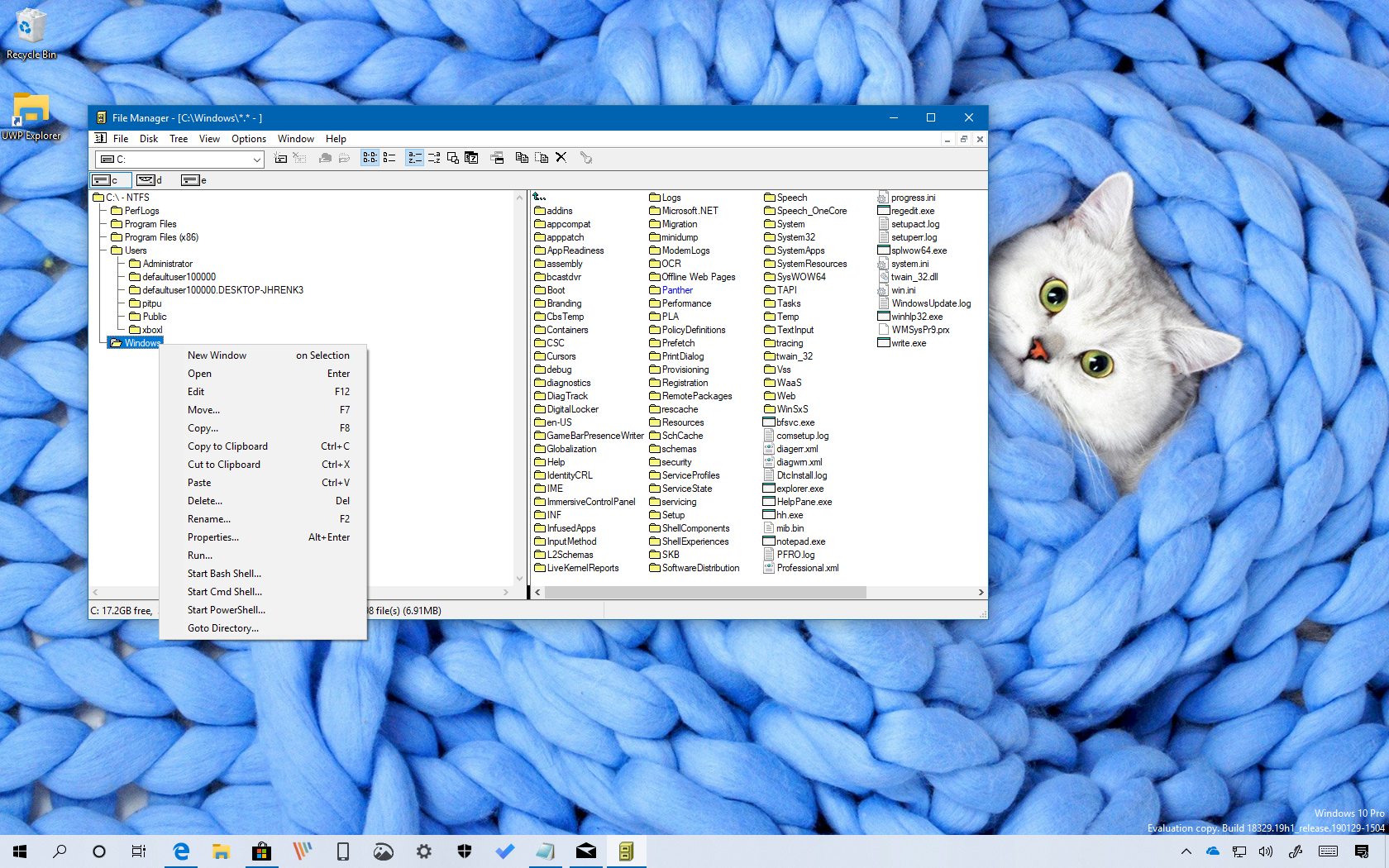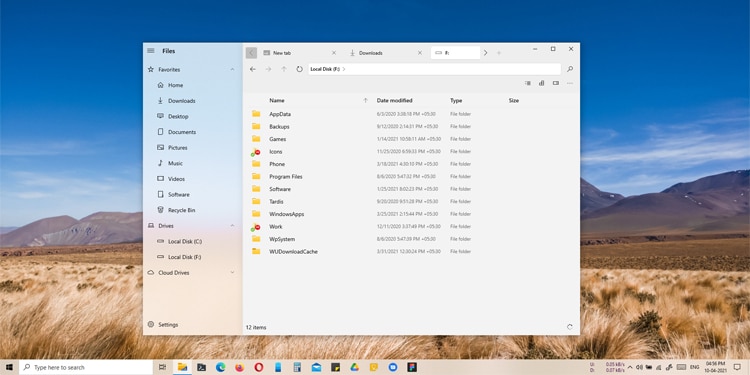
If your PC’s display scaling is already set to 100%, try changing it to 125% and back to 100% again. Step 5: Change the scaling option to Windows recommended. Step 4: Change the Display Resolution to the recommended settings. Step 3: Scroll down to Scale and layout option. You can also use Windows + I key to access the Settings app. Step 1: Open the Settings app on Windows 10 machine. Follow the steps below to make relevant changes.

In Windows 10, using an unrecommended screen layout and resolution might mess up File Explorer functions. This is rather unusual but an effective solution to fix the File Explorer not opening on Windows 10. The command will reboot the File Explorer app on Windows 10. Step 4: To start the explorer.exe process again, type explorer.exe in the windows and press Enter. You’ll see a blank screen behind the Command Prompt window. Step 3: This command will end the explorer.exe process. Step 2: Type taskkill /f /im explorer.exe in the Command Prompt window and hit Enter. Step 1: Press the Windows Key and type cmd to open the Command Prompt app. If the Task Manager trick isn’t working for you, try using Command Prompt to restart the File Explorer on Windows 10. This is relatively unknown to the majority but you can restart the File Explorer app through Command Prompt commands. Manually Restart File Explorer Using Command Prompt Step 5: Type explorer.exe and hit the OK button.įile Explorer will restart quickly and it should fix the app not opening on Windows 10 issue for you. Step 4: Click on File at the top and select Run a new task.

Step 3: Right-click on Windows Explorer and End the task. If you don’t see the Restart option in the trick above, you need to end the task for the Windows Explorer app and start the app again. The system will restart the File Explorer app for you.

Step 4: Click on Restart at the bottom right corner.

Step 2: Open Task Manager and look for more details. Step 1: Hit the Windows key and search for Task Manager. You can simply restart the File Explorer app from the Task Manager. If you are among those experiencing File Explorer not opening issue, it’s time to troubleshoot it using the tricks below. The behavior can simply mess up your workflow as you depend on File Explorer to access and move files between drives and folders. In its current state, many users have experienced File Explorer not opening or responding slowly when accessing a folder with thousands of files. It is bound to receive a major overhaul with the next Windows 10 update with UI changes and new icons. Microsoft’s built-in file manager is a convenient way to access and manage files, drives, and folders. File Explorer is an integral part of Windows 10 OS.


 0 kommentar(er)
0 kommentar(er)
